Written by Stephen Vasciannie
Cecille Clayton, a Fidelitas sister, has brilliantly reminded us on social media about the public bus system in place for parts of Kingston and rural Jamaica mainly in the 1960s and 70s. Her description of the Jamaica Omnibus Service (the JOS) is both fascinating and stimulating. Here are some of my own, shamelessly anecdotal, thoughts. Here are my memories.
No. 37 Bus
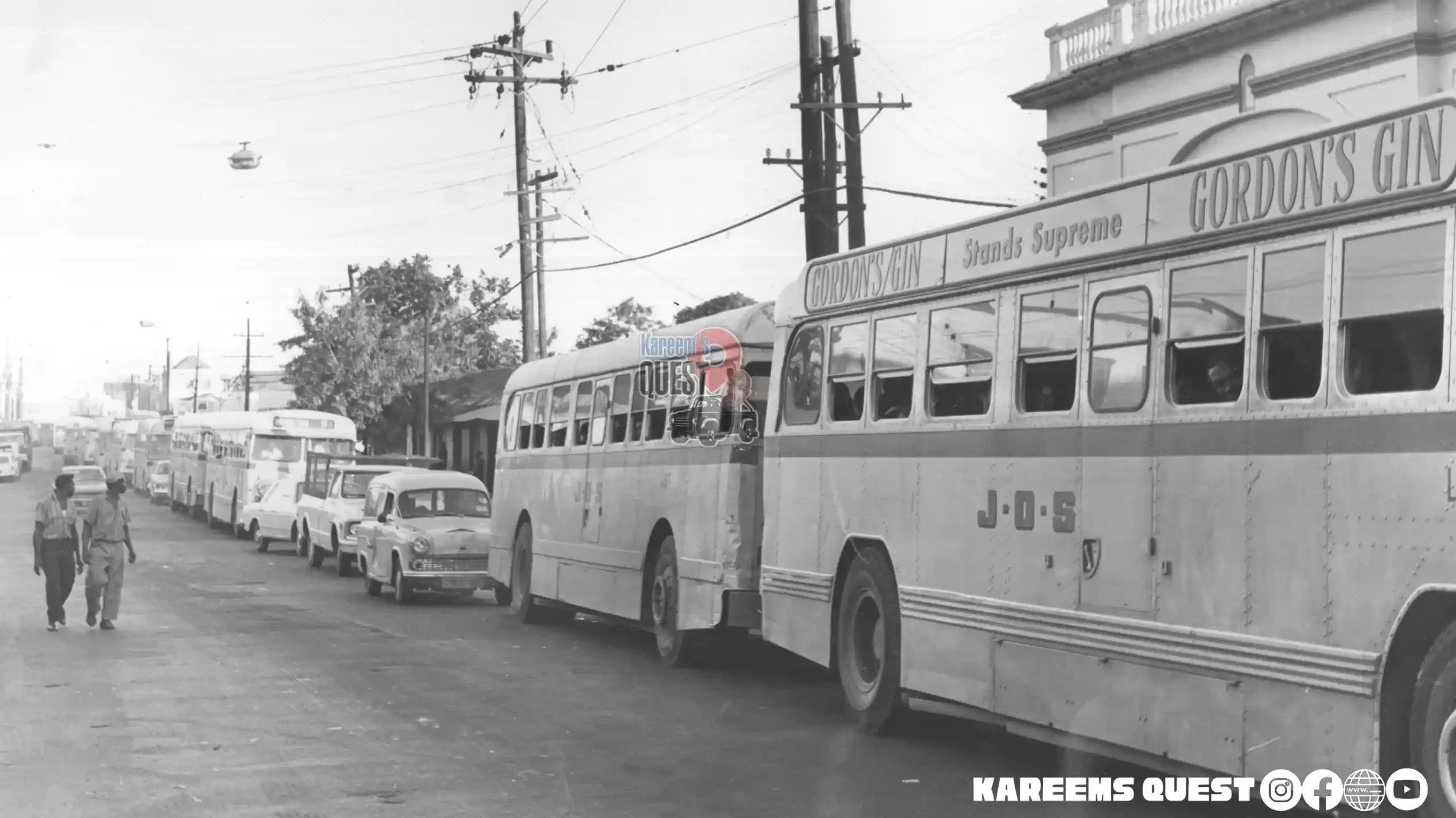 My main JOS route was that taken by the No. 37 bus, from North Parade through Cross Roads (where St. Hugh’ Girls embarked) on to Half Way Tree (where denizens of St. Andrew’s and Holy Childhood joined in), and on via Dunrobin Avenue (Dunrobin High, Merl Grove, Queens connecting). Along the way, Holy Trinity brothers, Camperdown colleagues, XLCR friends, Georges, Ardenne and Wolmerian brains and Alpha scholars also hopped on, coming from connecting routes. The No. 37 bus sometimes flew past Calabar owing to overcrowding and by the time we reached St. Richard’s Primary and Meadowbrook High the bus was ready to disgorge the masses.
My main JOS route was that taken by the No. 37 bus, from North Parade through Cross Roads (where St. Hugh’ Girls embarked) on to Half Way Tree (where denizens of St. Andrew’s and Holy Childhood joined in), and on via Dunrobin Avenue (Dunrobin High, Merl Grove, Queens connecting). Along the way, Holy Trinity brothers, Camperdown colleagues, XLCR friends, Georges, Ardenne and Wolmerian brains and Alpha scholars also hopped on, coming from connecting routes. The No. 37 bus sometimes flew past Calabar owing to overcrowding and by the time we reached St. Richard’s Primary and Meadowbrook High the bus was ready to disgorge the masses.
We lived in peace on the bus – for the most part.
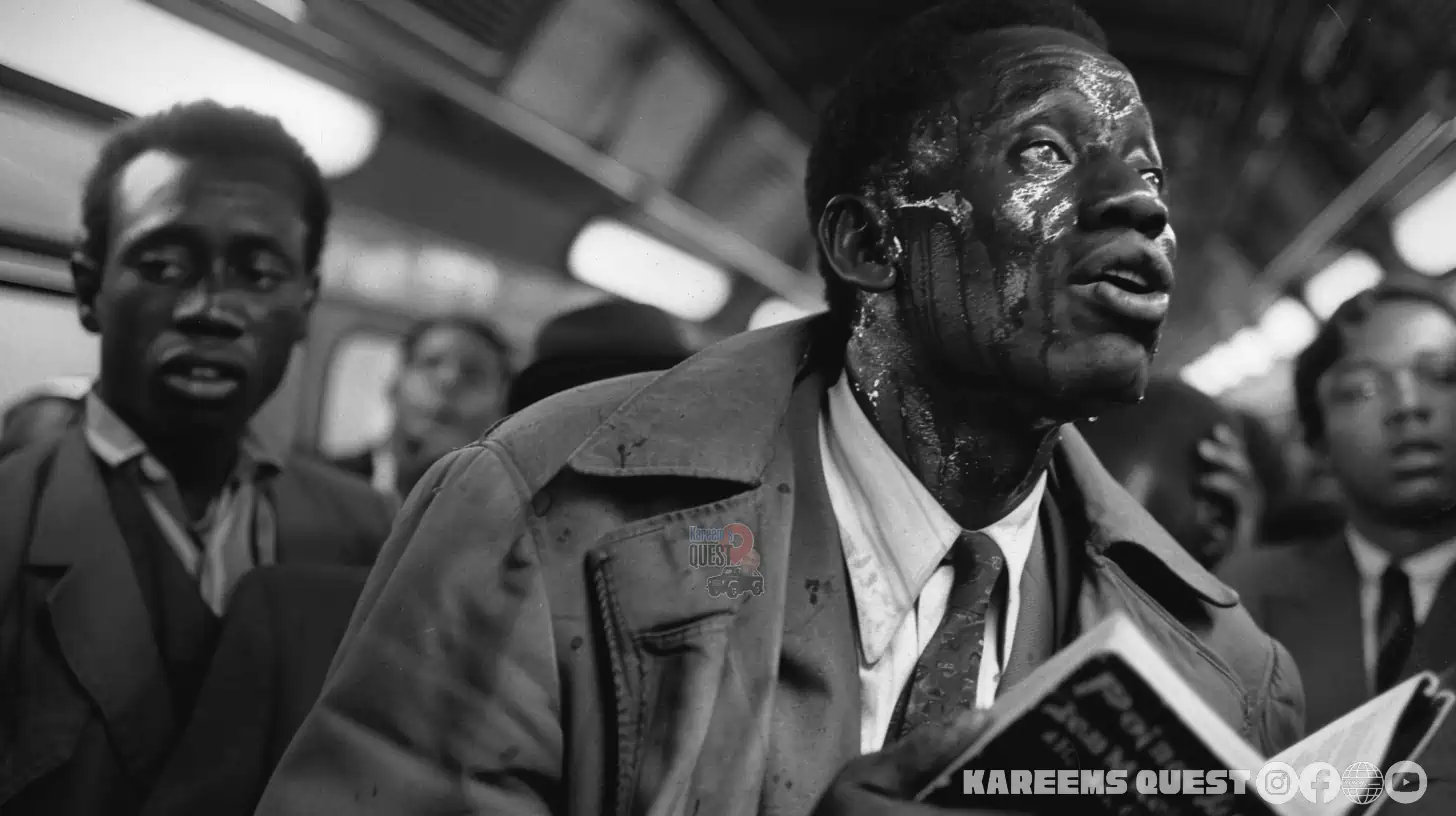
Bus journeys sometimes became avenues for church preachers to spread the Word. At other times, there would be discussions on the virtues or otherwise of free education, or enthusiastic discourses on Bruce’ Patties versus Tastee’s.

Frequent bus topics also included prospects for Champs, the need for discipline, the crime problem, whether “Talking Blues” was Bob’s best, and school qualities. Class distinctions evaporated for a time; and there was always the Kisko man asking us in Cross Roads if “you feel the heat” before calling out “JDB expec’ I!” .
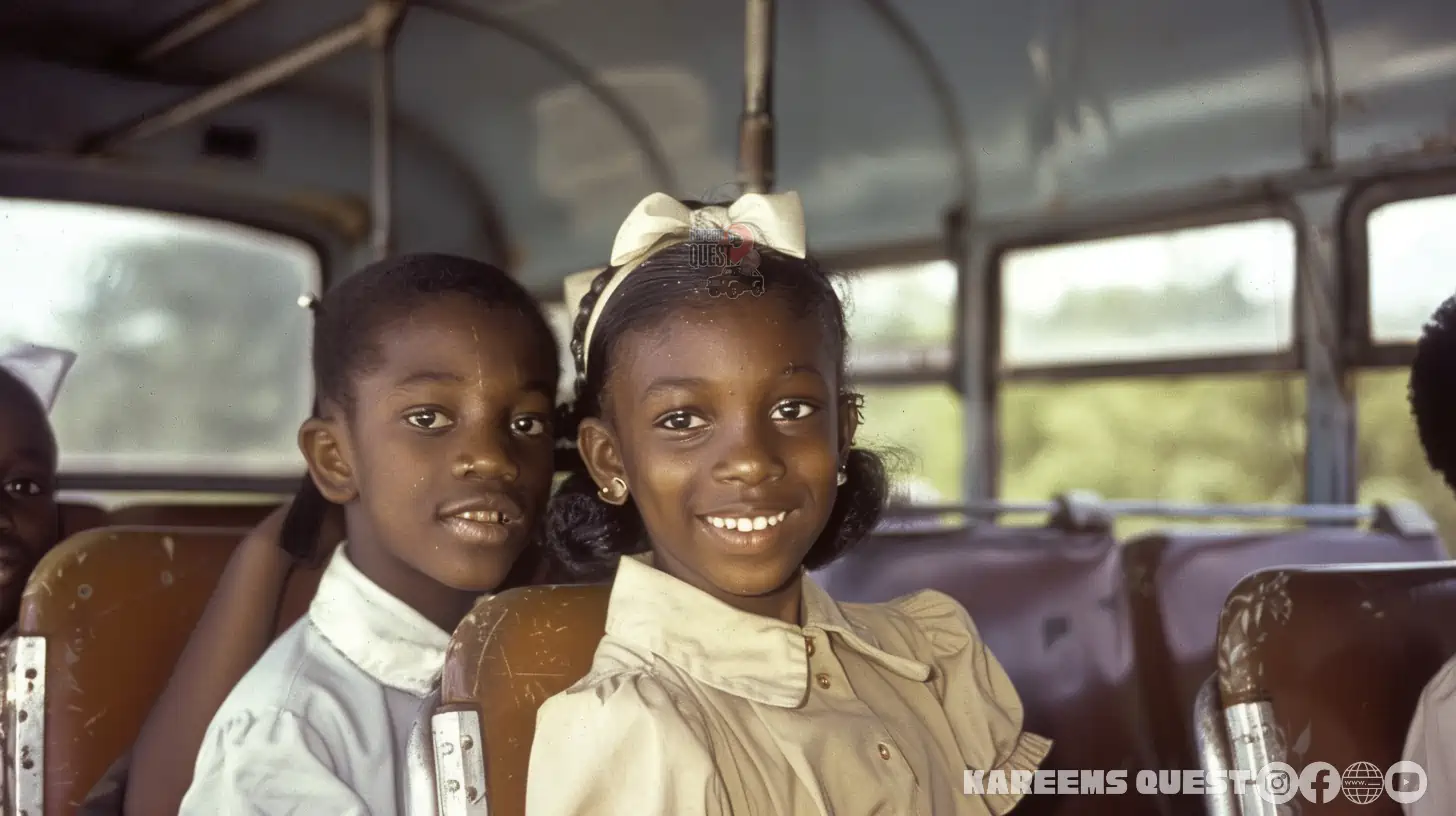
I assume that some of the daily occurrences concerning the No. 37 replicated themselves on other routes – the lady who said her eyes were dark usually wanted the No. 39 to go to Duhaney Park, while the school youth who slept past his bus stop was as much a feature of the No. 23 bus to “Fernandez Avenue” as the No. 3 to Constant Spring or the No. 23 to the Vineyard.
Video of the JOS Bus System
South Camp Bus

KC boys could take the No. 22 or 51 buses up South Camp Road past Sabina Park, Alpha, Durham College of Commerce, Machado Sports Club (now Jessie Ripoll), Up Park Camp (“Cannon Ball” and “Cotton Tree” Gates), the militaristic Gun Court (which, according to Prime Minister Manley, was “red because it is dread”), UWI’s Extra-Mural Centre, Arnold Road, and various civil society headquarters.
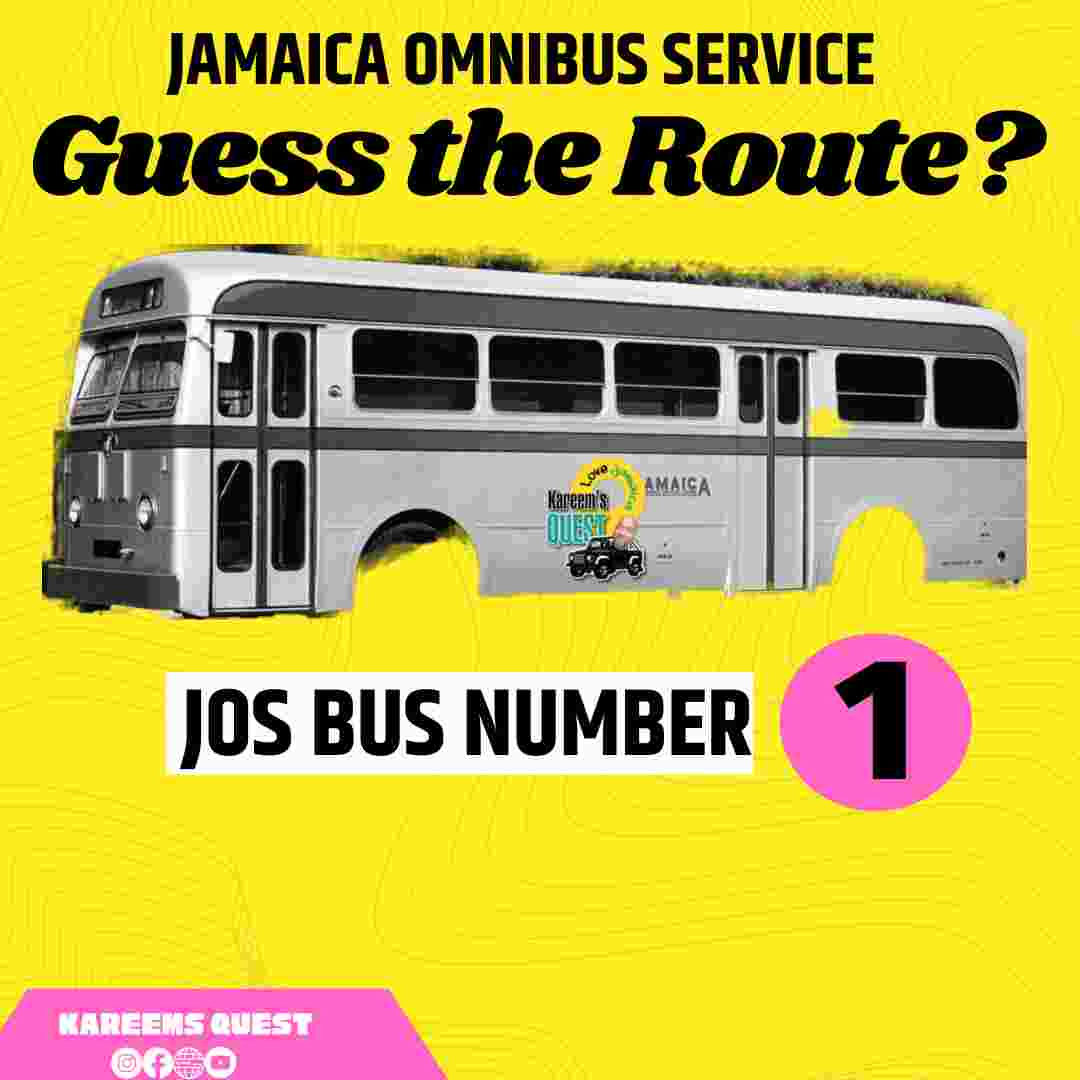
Question
Your answer:
Correct answer:
Your Answers
Two trips up between South Camp Road and Cross Roads from the 1970s come back to memory. In the first, I was a 1st former, proud to be in the purple and white cravat with the Windsor knot. Some 5th Formers, with the bearing of grown men, laughed and shouted at each other at the back of the bus, The conductress was distraught, seeming slightly perturbed at the excess of testosterone and boisterousness in her immediate presence. As the bus reached the vicinity of the JDF, the driver veered sharply to the right at Deanery Road and took us into the army headquarters via Duppy Gate.

Question
Your answer:
Correct answer:
Your Answers
The bus was admitted to the camp, but then, it appeared, the conductress lost her stamina to prosecute whatever her case may have been. The 5th Formers opted for relative silence while other passengers mumbled and grumbled about the diversion. The bus was instructed to move along without even a small, soldierly comment.
Cross Roads
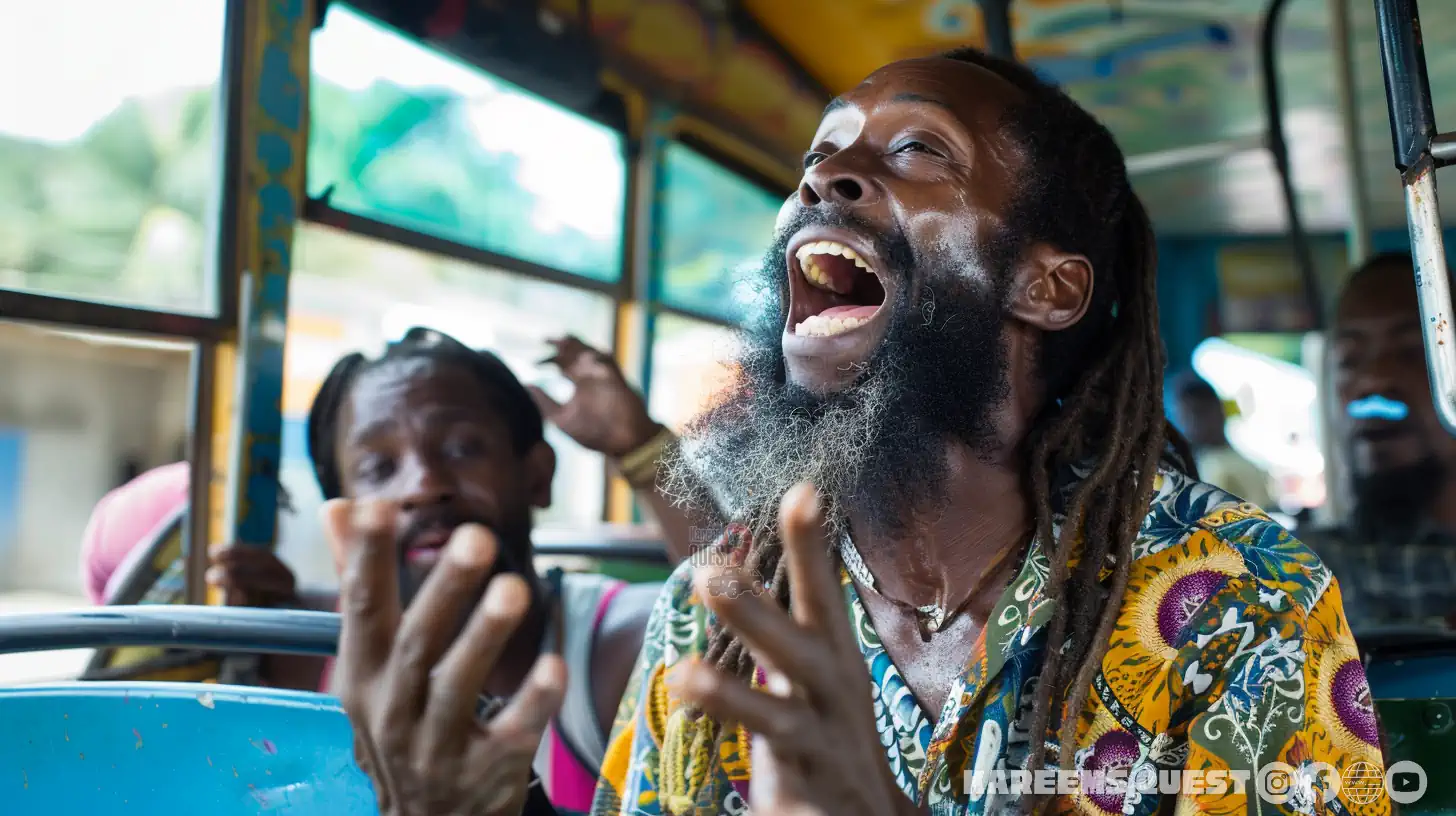 The second memorable trip took place one morning about five years later. Noisy schoolboys on a 22 bus in Cross Roads, a slightly bewildered conductress whose bus tickets did not fully match the fare sheet, and impatient passengers wanting to get to work and school. The conductress declared with a shout: “which one a’ unno tief a ticket?” At that point, a big boy referred to an unfortunate incident in which a schoolboy had slapped a conductress, causing a one-day bus strike; the big fellow intoned, “Nobaddy tief any ticket. That’s why unno get box yuh know.”
The second memorable trip took place one morning about five years later. Noisy schoolboys on a 22 bus in Cross Roads, a slightly bewildered conductress whose bus tickets did not fully match the fare sheet, and impatient passengers wanting to get to work and school. The conductress declared with a shout: “which one a’ unno tief a ticket?” At that point, a big boy referred to an unfortunate incident in which a schoolboy had slapped a conductress, causing a one-day bus strike; the big fellow intoned, “Nobaddy tief any ticket. That’s why unno get box yuh know.”
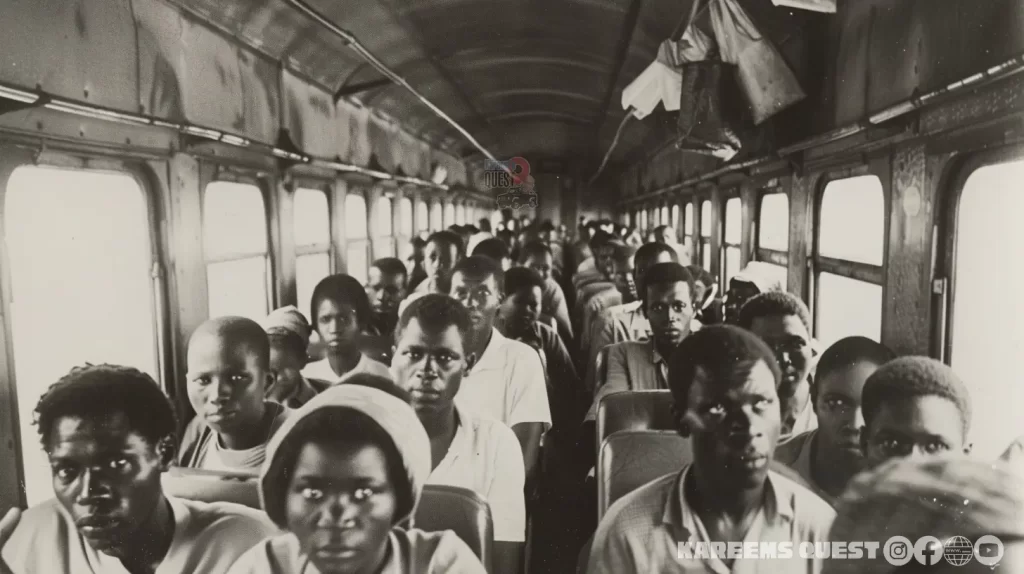
In a minute, the bus was driven over to the Cross Roads Police Station, with the ‘ductress claiming that big boy had threatened to beat her up. With the bus waiting, a police inspector in khaki clothes listened to both sides of the story, had a word with the bus driver, and sent us all on our way. This was during a State of Emergency. Big boy could have melted away.
Dog Eat Dog

In my experience, the JOS, sometimes jocularly called “Journey of Sorrows”, was efficient between first bus at about 6 on to 7:30 a.m. Following the latter time, the bus schedule often broke down. Many times after, say, 4 p.m., the 30-minute ride from Half-Way Tree to Pembrook Hall would require two hours traveling time, owing to a shortage of rolling stock, traffic delays and some degree of inefficiency.
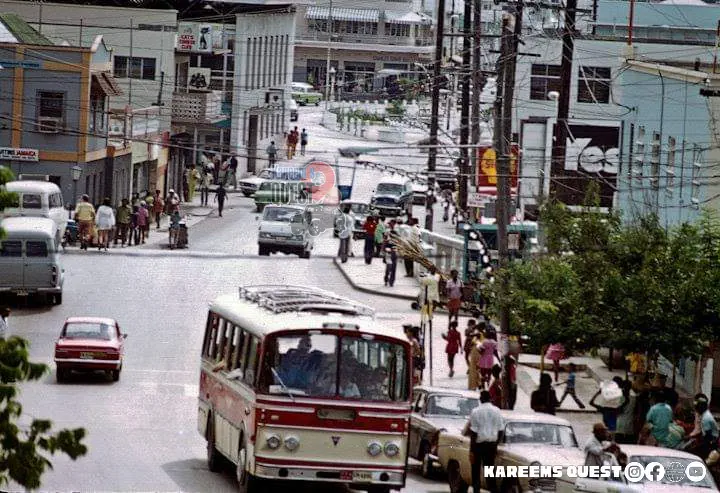
Going home was, therefore, a special challenge for urban dwellers. And please note: if you have waited for an hour on a bus, and run the risk of missing that bus when it arrives for reasons of overcrowding, you will push and shove to get a place inside. Commuters, in the main, did not join queues in the dog eat dog world of Kingston bus transport, circa 1970.
Fare Stage
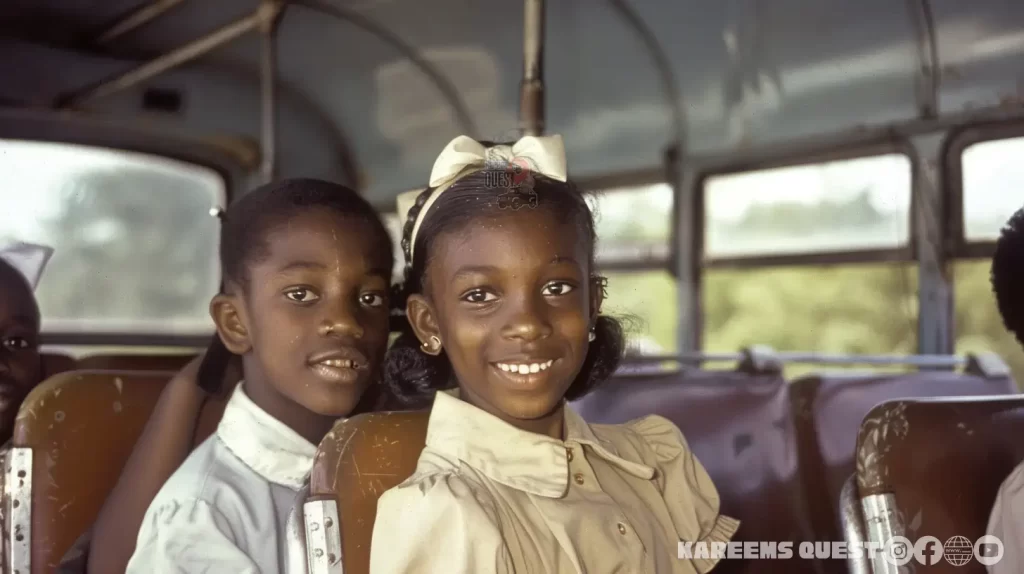
The bus fare was imposed according to fare stages. In the late 1960s the first stage for the No. 37 bus encompassed bus stops in Havendale, down Flemington Drive through Meadowbrook Avenue and beyond to Price Rite Supermarket. The fare stage ended at Purity Bakery (by today’s Price Smart). For that journey, youths under 12 paid 1 ½ pence or a quattie. It is sad to note, but perhaps understandable, that there were disagreements between children (tall 11 year olds) and conductresses about the question of age – the JOS had a system of passes to solve this problem, but few bothered to rely on the bureaucratic solution.
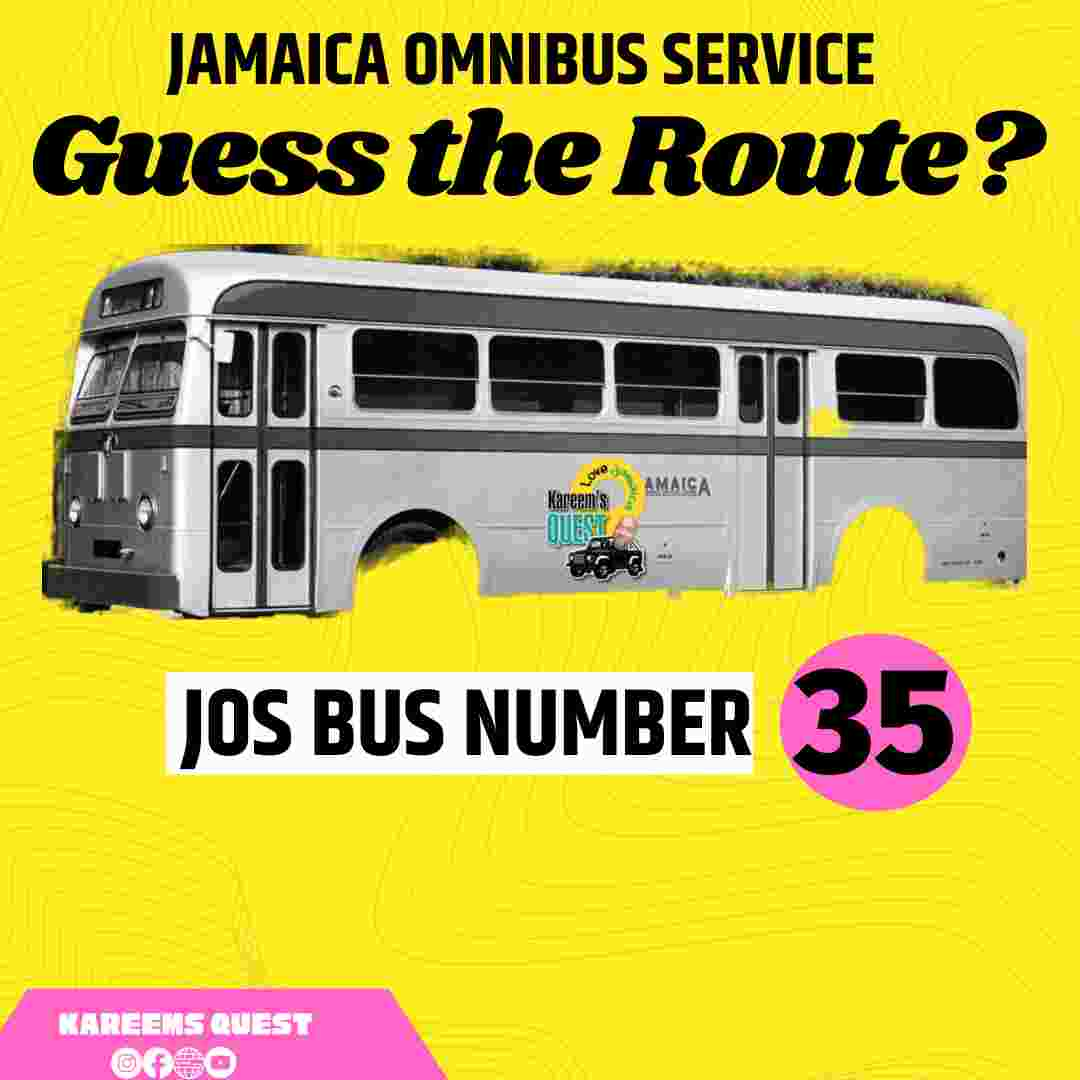
Question
Your answer:
Correct answer:
Your Answers
By the early 1970s, JOS stopped placing the price on its tickets: the quattie fare had moved quickly to 5 cents and more. The revised ticket just reflected the number of stages to be traveled. Not even stoosh Miss Prim asked for “a ticket for three stages”; she would just say “three-stage, please”
Chase Not the Bus.
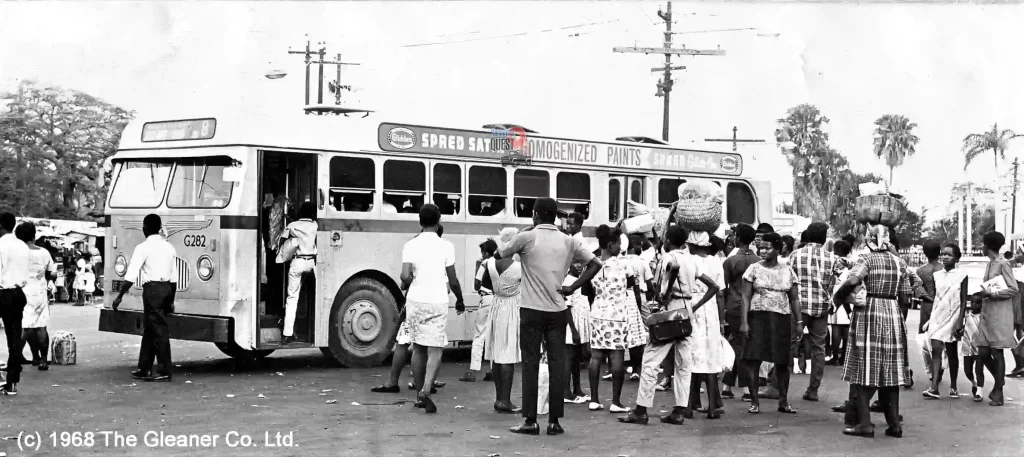
After a certain age, call it 14, the typical KC boy, no longer at Melbourne Park, absorbed the idea that real men don’t chase buses, for others would always come. Thus, it is inconceivable even today that members of KC’s Mount Olympus such as Ivor Nugent, Ian Jackson, Johnny Dawes and Paul Ferguson, used to run down buses post-Melbourne. For Melbourne days, most youths including the self-styled “I man” were prepared to sprint to beat the school bell rather than to take a beating up by the Blake’s Prep entrance or at the front gate.
The JOS buses came in three forms: (1) The basic, long, silver bus with seating capacity of about 50 and similar standing room. This was the work horse for most routes. (2) The short patty pan, which served “Parks Road” and other routes, urban and rural, that had narrow roads. (3) The long green bus, which had good shock absorbers, tough fibre glass seats, and cost J$28,000 when they first appeared here in 1973 or so. In 2013 or 2014, the cost of repairing the windshield of the typical JUTC bus, reminiscent of the basic, long silver bus, was no less than J$750,000.
The original JOS Company was held, I think, by a British parent entity. Wilton Hill, the Minister of Transport around about 1971 seemed to have had differences with them. Then, after 1972, the Manley Government took control of the company. Without a very substantial subsidy from the state – or even with one – the JOS died without a major last gasp. Minibuses took over and, alas, sorrowful journeys were multiplied. What are your memories of the JOS bus system? Please share them in the comment section below.

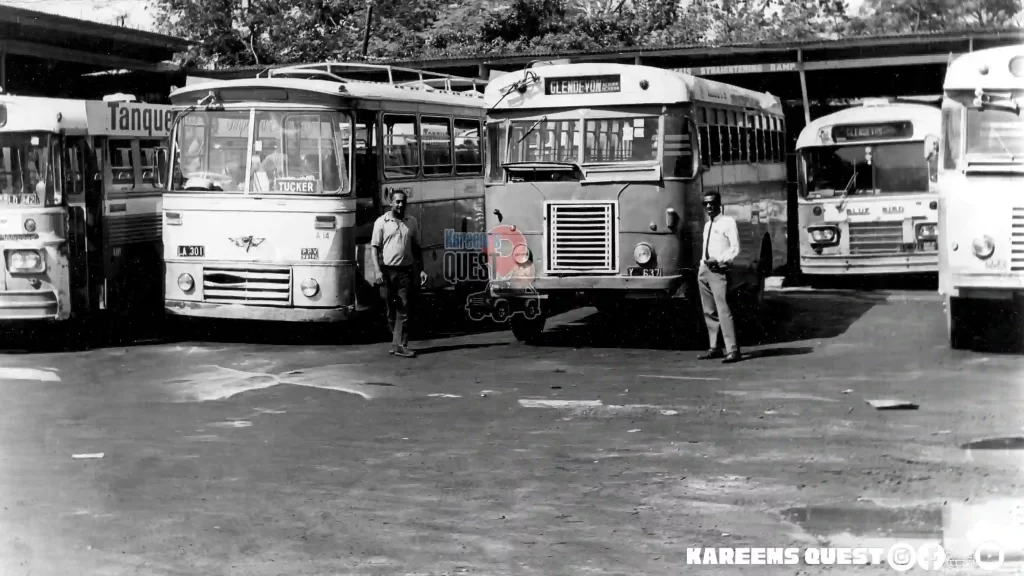


Whenever I see pictures from back in the day my first thought goes to the people who are in them. I wonder what happened to them. How many of them are still alive. Would they recognise themselves in those photos.
True, I often think the same thing